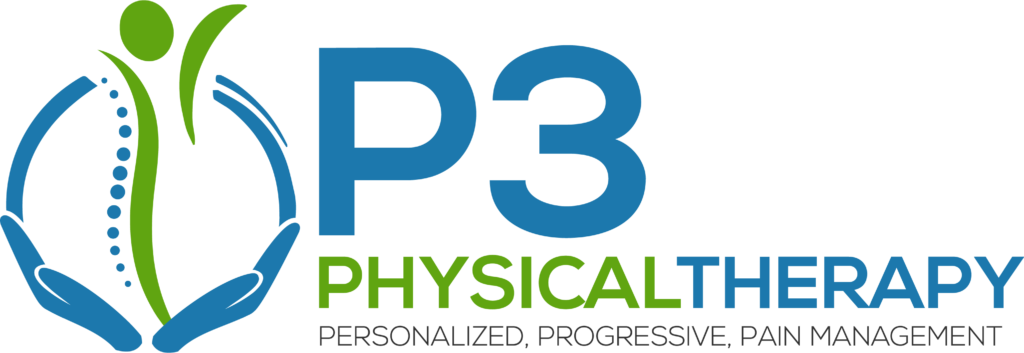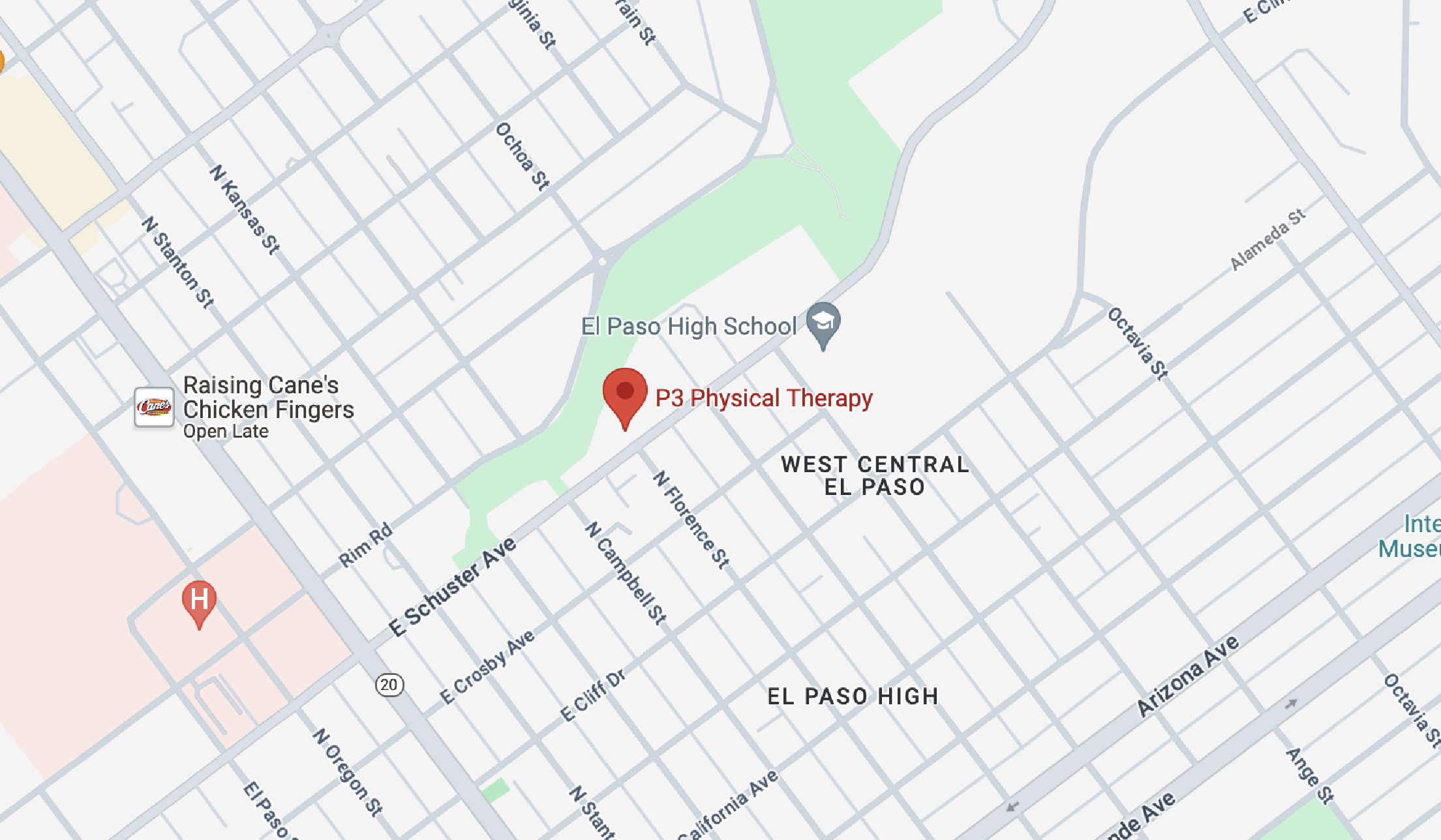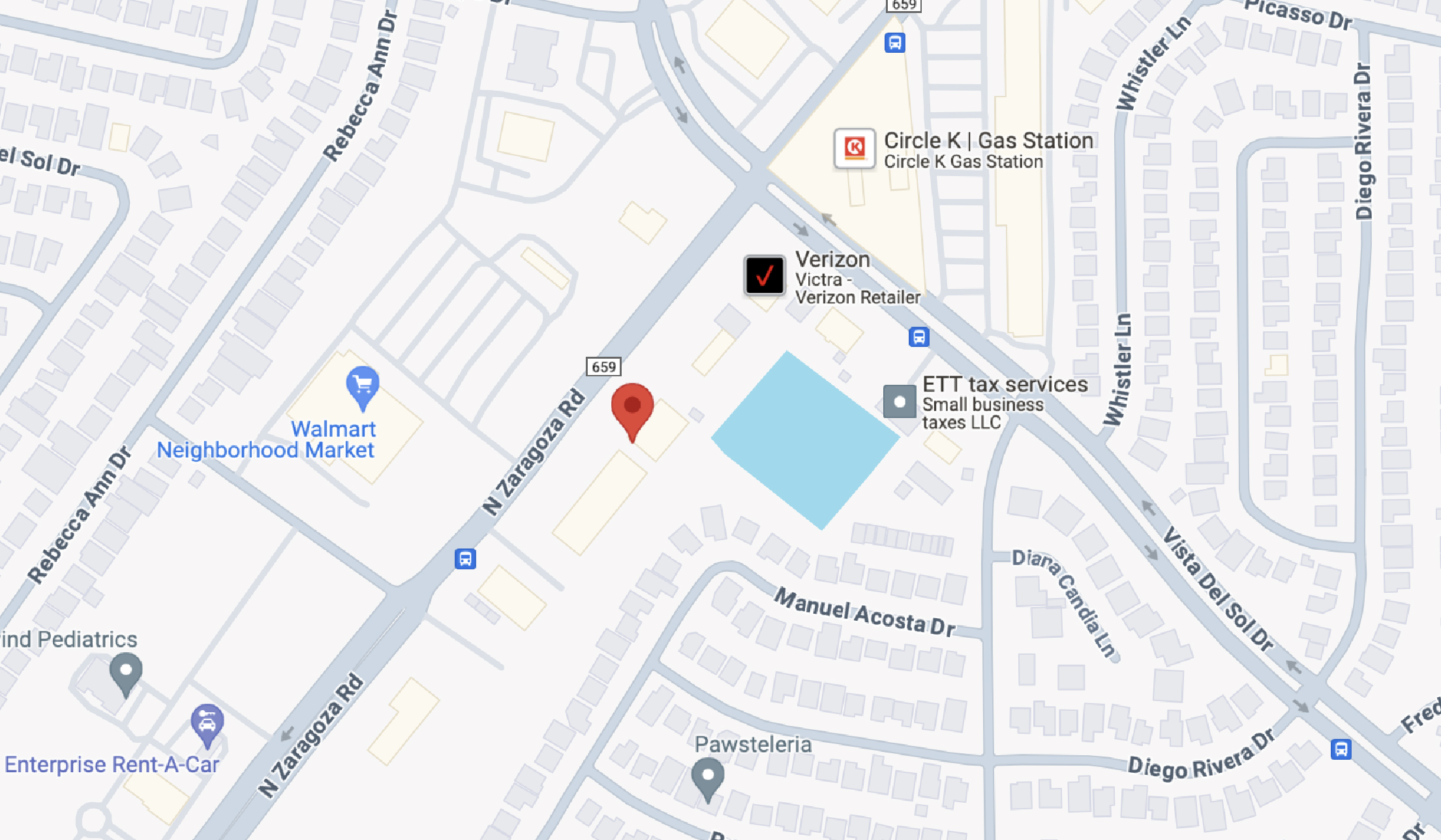The imagery that strikes in our mind hearing the terms ‘acupuncture’ and ‘dry needling’ is ‘pricking of needles’.
Needless to state, these two are the therapies to provide relief from the body pain and other ailments. But the story doesn’t end here. Much to their similarity where both involves the puncturing of the skin with stainless steel needles, the origin and philosophy behind both the concepts are poles apart that make them entirely different concepts.
The post is all about stating the difference between them both! As you go through the clear difference between both the therapies, the better understanding you will have to spot the right therapy for your given ailment or muscle disorder.
Let’s start with the ancient practice of acupuncture that dates back to thousands of years ago!

A brief account of information about Acupuncture
It is an age-old practice that originated in China and is performed to treat the body pains by regulating the energy flow.
Acupuncture works on the principle of putting the mind, body, and soul in perfect alignment. It is more so a complete science in itself that place the relevance of physical, spiritual and mental aspects of life in its application.
Acupuncture, as the name suggests is an old science that happens to regulate the flow of Qi from the twelve major pathways called meridians. According to its study, each meridian is associated with an organ or an organ system. The cause of any irregularity in the body is due to the obstruction in the flow of Qi. And when it is operated upon with the help of needles, it further facilitates the uninterrupted flow of Qi getting us back in the healthy form of being.
The purpose of pricking the needles is to allow the free flow of Qi- (the vital force) back into its regular motion. Acupuncture cures many health conditions like nausea, body pains, anxiety, depression, headaches, insomnia, constipation and lots more.
The acupuncturist happens to seek around 3 years of training to get into this practice. The points that are triggered during the course of acupuncture are called ‘acupuncture points’. The probable risks involved in the application of acupuncture are the bleeding and pain at needle insertion points.

What Dry Needling is all about
Dry Needling, developed by Dr. Chann Gunn is a much newer term that also has to do with the needle piercing in the trigger points. As the terminology suggests, dry needling involves the use of dry filiform needles that are injected by the means of two techniques namely, In and Out technique and Non-Trigger Point technique.
In and Out technique is about quick insertion and removal of the needle from the skin. On the contrary, the Non-Trigger Point technique incorporates needle insertion over the surrounding region to release the tension from the muscles.
Dry Needling has reportedly been a beneficial therapy to get relief from muscular pain, stiffness and sports injuries. The risk involved in the application of Dry Needling is bleeding and soreness at insertion sites. Its ultimate aim is to reach the impalpable muscle regions with the help of needles to get rid of the body pain.
Dry Needling also called intramuscular stimulation is about puncturing into the knots or hard muscles to get back to the healthy state of order. A proper certified postgraduate education and training is required to become a certified practitioner of Dry Needling.

How Acupuncture is different from Dry Needling
The healthy line of boundary between the Acupuncture and Dry Needling is the target area. Acupuncture aspires to regulate the energy flow (Qi) looking at a comprehensive picture of ensuring a person’s complete well being. Whereas, Dry Needling is all about focussing on the troubled areas of the body where body pains and ailments persist.
Another difference is the evolutionary stages of both practices. Acupuncture being the older and traditional practice have deep-seated tactics whereas the Dry Needling is a younger phenomenon with a greater potential to provide relief from musculoskeletal disorders.
Acupuncture is performed by the seasonal experts whereas dry needling is found to be in practice by the modern day physiologists. Dry Needling, unlike acupuncture, doesn’t require years of experience for its practice. A few weeks training is enough for a physiologist to treat the problematic areas of the body that are causing you the problem. Dry Needling is all about anatomical and neurophysiological principles unlike traditional Chinese Medicine (TCM) technique of acupuncture.
This is what has made the dry needling a wide and prevalent therapy that can cure a number of ailments based on its concentrated approach.
Both the practices might look similar on the outside but have a sea of difference between them that can only be understood once we make a deep inquiry about it.
Conclusion…
Newer it might seem, but the successful application of Dry Needling in easing the muscular tensions have let its popularity grow by leaps and bounds.
It might not require extensive training but the sophisticated science of treating the body disorders with a needle requires the precision and delicacy that might not be a knack for anyone to grasp in a short while.
The reason is still unknown as to how a needle happens to resolve the inconsistency within the muscle but the great relief has been the testimony of its successful application. Needle size is so inconsiderable that you might not even feel the slightest note of it getting into your skin.
Contact us for a free pain screening to see how dry needling will help you. Consult P3 Physical Therapy for professional therapeutic services. The trained and expert therapist will ensure a quick and a safe redressal to your ailment providing you much ease and comfort. For any further assistance, you may contact us at +915-444-5200 or email us @ rs1@app-5f37b313c1ac180fa82d7fae.closte.com


